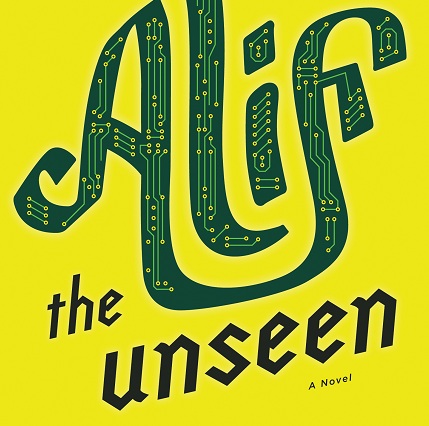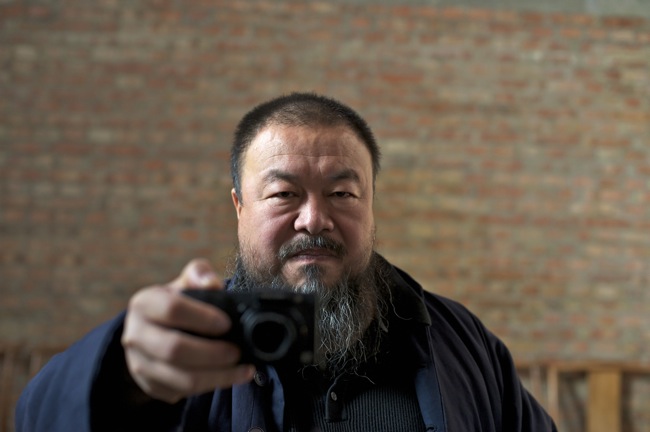In response to the Tiananmen Square protests and crackdown of 1989, the Asian American Arts Centre organized a landmark exhibition of artworks. To commemorate the protest’s 25th anniversary, The Margins partnered with Creative Time Reports to interview the artists involved.

June 2, 2014
On June 4, 1989, the Chinese military forcibly removed thousands of students demonstrating for democratic rights in Beijing’s Tiananmen Square. The student protesters, who had occupied the public square for seven weeks, elicited widespread sympathy among international audiences. Images of soldiers firing upon students and tanks running them over were broadcast on repeat around the world.
The Asian American Arts Centre, an alternative space in Manhattan’s Chinatown, responded to the June 1989 events with an open-call exhibition of artworks related to the uprising and its suppression. China: June 4, 1989 included both figurative and abstract works; its centerpiece was a series of individually-painted doors linked to form a maze. The exhibition traveled around the country and became one of the most significant shows mounted by the Centre.
To commemorate the 25th anniversary of the Tiananmen crackdown, Creative Time Reports partnered with The Margins to interview three of the artists involved in that exhibition, as well as its organizer, Bob Lee. A memorial version of China: June 4, 1989, including works from the original show, is currently on view at Whitebox Art Center (also located in Chinatown) through June 10.
To read interviews with artists Zhao Gang and Zhang Hongtu, visit Creative Time Reports.
Mel Chin, Artist, on his piece “Forgetting Tiananmen, Kent State, Tlatelolco,” which was shown at the P.S.1 presentation of China: June 4, 1989, from April 22–June 17, 1990
The horror of what had happened was in everyone’s mind. I started thinking about examining state violence against the young, against students. So when Bob Lee and the gang at Asian American Arts Centre put out a call for responses to the Tiananmen crackdown, I contributed a work called “Forgetting Tiananmen, Kent State, Tlatelolco.” The whole gist of the piece is how difficult it is to extract what happened—that is, to form a memory. That’s why I call it “Forgetting….”
Together with students at the Corcoran College of Art, I created “Forgetting…” onstage as a performance. The students made beautiful wreaths, which we fitted into hard plaster, and as soon as they set, we bashed them to remove the vegetable matter. We projected images of government crackdowns from around the world above; the idea was that violence was horrible no matter where it happens.
The piece was eventually shown at PS1’s version of the June 4, 1989 exhibition. I remember lugging these three slabs—they weigh 700 pounds each—up those old stairs with just men, women and ropes. The work was built to be susceptible to damage: it’s very fragile. Its weight and density make it not a thing of the past, but an ever-present sentinel.
June 4 didn’t change my views of China, by itself. It made me think more about the practice of social justice, of how that happens everywhere. And it’s not over. The parallel now is the Arab Spring: the uprisings in Egypt and Tunisia. All of the critics of the Chinese government: do they offer support when another uprising emerges? The structures we put in place to encourage this—we who have privilege to think about it—have to be carefully wrought.
All this talk about China’s rise—maybe so. Really we need to talk about the rise of economic powers based on one vision of wealth and capital and exchange. All the reports from China about ecological collapse? This is something we experienced within America 100 years ago. You walk into any large big-box store and you smell the odor—you’re smelling the production of China returning the goods we demand. I think of a long-lost cousin slaving under impossible conditions, somewhere in the new territories, to produce our luxury at cheap prices.
Bob Lee, Director of the Asian American Arts Centre, on the organization and goals of the exhibition China: June 4, 1989
The exhibition began the day after the crackdown in Tiananmen Square on June 4. We had held a panel discussion with other artists in May, so we were ready to respond immediately. Part of our mission was strengthening trust and ties between Chinese and Americans. We prepared a flyer for that weekend announcing the show: the call was open to all people, including children, with a wall for statements, poems, art and artists. In a few days the first artwork was submitted, and soon we were receiving many works. Once we saw the magnitude of the response, we decided to cancel plans for the following season so we could mount a one-year exhibition.
There was a march from Chinatown to the United Nations on the Saturday after June 4. That day I awoke to the most incredible news: an international network of Chinese students living abroad had organized a march overnight, by fax. They wanted to include only Chinese people, which I thought was a big mistake. Tons of other New Yorkers wanted to join but were not officially allowed, so they trailed in the back. I was in the middle of the march, passing out flyers announcing the start of our exhibition.
For several weeks, the faces of the students at Tiananmen were playing on everyone’s TV, a daily drama for a global audience. The commitments we received from artists reflected that. Art, in this exhibition, transcended the gallery and spoke in the political square. Because art, media, political thought, and action were inseparable in this crucible, this was not only central to the mission of AAAC but gave us the chance to demonstrate to an Asian/Asian-American audience the power and effectiveness of art, to face issues crucial to Asian American life.
When artist Liliana Porter brought us her door with the date “June 4, 1989” painted on it, I knew we had chosen the right name for the exhibition. The dateline referred to the tragedy, its human resonance. It allows us to avoid terms with political overtones—democracy, freedom, etc. Zhang Hongtu has created a number of artworks over the years with this date written in cloud forms over China, others in flames. “6-4” has become a code in East Asia for those who remember, an easy way to Google the tragedy. For me, it signifies the affection people around the world hold for Chinese people, despite the way media portrays the country as inscrutable.
As we restage the exhibition, on the 25th anniversary of the June 4th massacre, we hope the exhibition creates tangible change for the people of China. Groups such as the Tiananmen Mothers are waiting for this. They have been fighting for justice since 1989, for recognition of their children and reparations. We need to resist enforced amnesia.
Politicians usually let sleeping dogs lie. Their definition of “art” doesn’t involve the community. Our definition of art is one that changes the social and political structures that contain and limit Asian American life.



